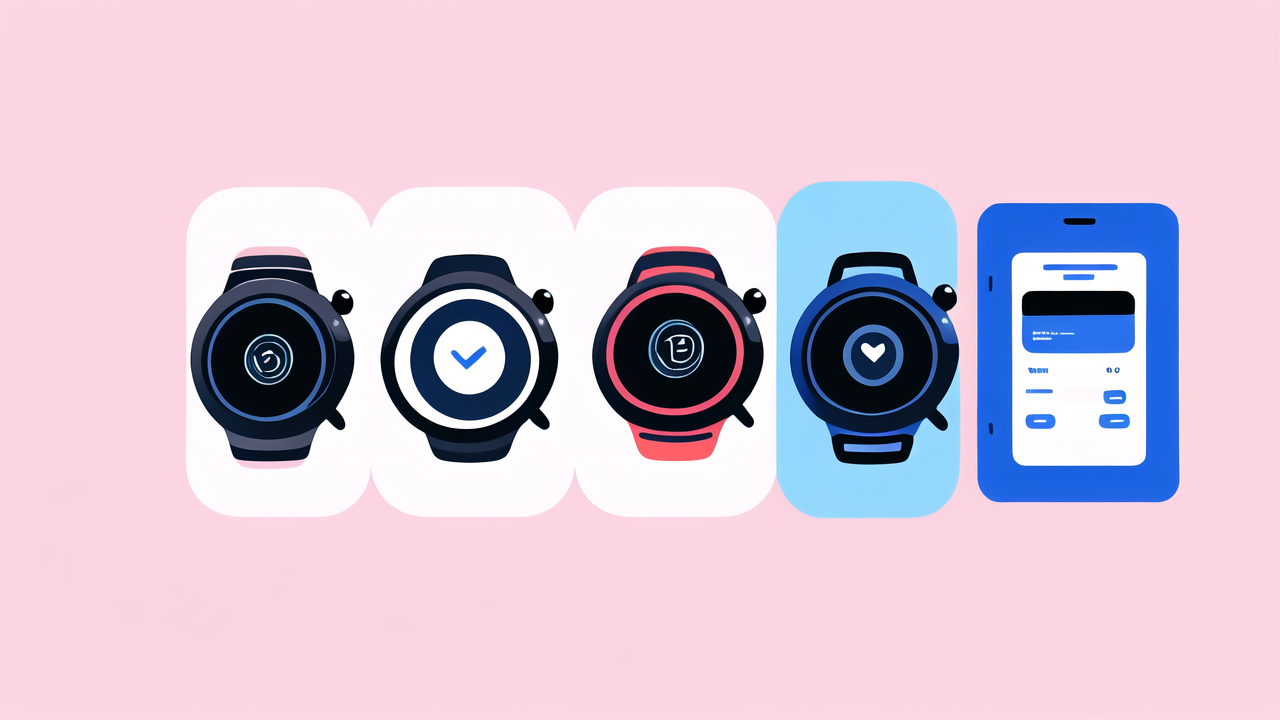The Evolution of Fashionable Technology: A United States Perspective
The Birth of Smart Suits and Fashion-Focused Tech
Smart suits emerged as a novel concept in the US fashion scene. These garments blend style with tech features. They often include sensors and devices woven into the fabric. Early versions could track body metrics and adjust temperature.

Some suits even had built-in charging capabilities for phones. This fusion of fashion and tech caught the eye of tech-savvy consumers. It showed that clothing could do more than just look good. The idea of "wearable tech" began to take root in the fashion industry.
As the concept grew, more brands started to explore this new frontier. They saw potential in creating clothes that could enhance daily life. This marked the beginning of a new era in fashion technology.
Key Innovations in Fashion Technology Since 2015
Since 2015, fashion tech has made huge strides in the US market. Here are some key innovations:
- Smart fabrics that can change color or pattern
- Clothes with built-in heating and cooling systems
- Garments that can charge devices through movement
- Shoes that can track fitness data and provide navigation
- Accessories that can make mobile payments
These innovations have changed how we think about clothes. They've added new functions to our wardrobes. Brands are now competing to create the most useful and stylish tech-enhanced products.
The focus has shifted from just looking good to being functional too. This has opened up new markets and opportunities for fashion brands.
Industry Adoption and Consumer Trends in the US Market
The US market has been quick to embrace fashion technology. Many consumers are eager to try new tech-enhanced products. This has led to a surge in demand for smart clothing and accessories.
Big brands and startups alike are jumping on this trend. They're investing in research and development of new products. Some are partnering with tech companies to create innovative designs.
Consumers are showing interest in items that offer practical benefits. Things like fitness tracking and phone charging are popular features. There's also a growing demand for sustainable tech-enhanced fashion.
However, price remains a factor for many buyers. As production scales up, costs are expected to come down. This could lead to wider adoption of fashion tech in the coming years.
Smart Suits to Smartwatches: Analyzing Fila's Strategic Shift
Understanding Fila's Leap into Wearable Technology
Fila, a well-known sports brand, has made a bold move into wearable tech. This shift marks a new chapter in the company's history. Fila saw the growing trend of smartwatches and decided to join in.

The brand recognized that consumers want more from their accessories. They want devices that can track fitness, show notifications, and more. Fila's move into this space is a strategic one.
It allows them to offer products that align with modern consumer needs. This shift also helps Fila stay relevant in a rapidly changing market. By embracing tech, they're positioning themselves as a forward-thinking brand.
The Synergy of High-Performance Apparel and Digital Functionality
Fila's entry into smartwatches builds on their expertise in sports apparel. They understand the needs of athletes and fitness enthusiasts. This knowledge helps them create devices that complement their clothing line.
Their smartwatches can track various fitness metrics. These include steps, heart rate, and calories burned. The data syncs with Fila's fitness apps, creating a seamless experience.
This synergy between apparel and tech enhances the overall value for customers. It allows Fila to offer a complete fitness solution. From clothes to tech, they can now cater to all aspects of an active lifestyle.
The Role of Smartwatches in Expanding Brand Visibility
Smartwatches offer Fila a new way to increase brand visibility. These devices are worn all day, every day. This constant presence keeps the Fila logo in view.
The tech features of smartwatches also create talking points. Users might share their fitness achievements on social media. This generates organic marketing for Fila.
Moreover, smartwatches allow Fila to gather valuable user data. This can inform their product development and marketing strategies. By understanding user habits, they can create better products.
Assessing the Impact of Wearable Tech on the Apparel Industry
Influence of Smart Devices on Consumer Buying Decisions
Smart devices are changing how people shop for clothes. Consumers now look for garments that can integrate with their tech. This has led to a shift in buying priorities.

Features like smartphone compatibility are becoming selling points. Clothes that can sync with fitness apps are in high demand. Some consumers even choose outfits based on how well they work with their devices.
This trend is pushing brands to innovate. They're adding tech features to stay competitive. As a result, the line between fashion and tech is blurring. Buyers now expect their clothes to do more than just cover and style.
The Future of Fashion: Integrating Tech in Everyday Wear
The future of fashion is likely to be deeply intertwined with technology. We can expect to see more "smart" features in everyday clothes. Here are some possibilities:
- Jackets that can adjust to weather changes
- Shoes that can track your running form
- Clothes that can change color to match your mood
- Accessories that can monitor your health
- Garments that can clean themselves
These advancements will make our clothes more functional. They'll help us live healthier, more connected lives. However, designers will need to balance tech with style and comfort.
Privacy concerns will also need to be addressed. As our clothes collect more data, protecting that info will be crucial.
Case Studies: Success Stories and Challenges in Fashion Technology Integration
Several brands have successfully integrated tech into fashion. For example, Levi's partnered with Google to create a smart jacket. It allows wearers to control their phone with gestures.
Under Armour has developed shoes that connect to a fitness app. They provide detailed info about running performance. These products have been well-received by consumers.
However, there have been challenges too. Google Glass faced privacy concerns and struggled to gain acceptance. Some smart clothing lines have failed due to high costs or lack of practicality.
These cases show that successful tech integration requires careful planning. It needs to offer real value while still being fashionable and affordable. As the field evolves, we'll likely see more successes and lessons learned.




Leave a comment
This site is protected by hCaptcha and the hCaptcha Privacy Policy and Terms of Service apply.